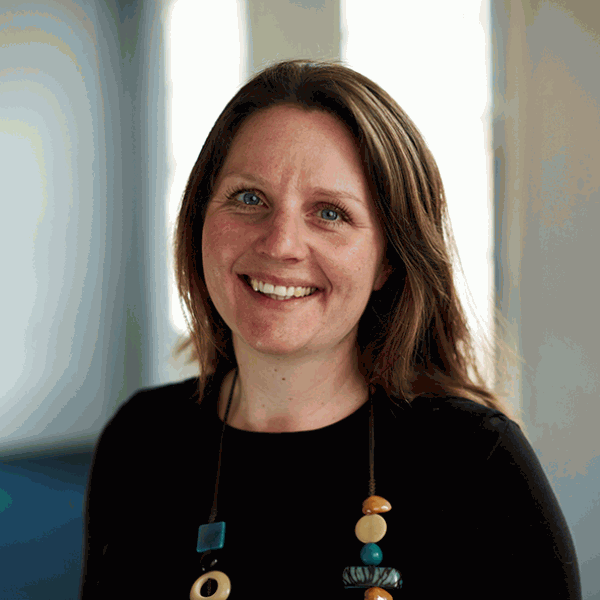Charitable status and community-led housing: key considerations
Increasingly, charities are considering including community-led housing as part of their activities - we look at some of the key considerations here.
We are seeing an increasing number of charities looking to harness the value of community-led housing as part of their activities. 'Community-led housing' refers to housing where local people play a leading and lasting role in addressing housing problems, creating homes which are owned and/or managed by the local community, for the benefit of that community in the long term. It can be a way to engage charitable beneficiaries by empowering them in relation to their place of residence. With more control over their living arrangements, beneficiaries can learn important life skills and grow in confidence as they learn to manage by themselves, with support from the charity as appropriate. It can also open up new avenues of funding, particularly if the Government extends the Community Housing Fund.
Charitable purposes
If your charity is considering community-led housing, the first step is to check whether your charitable objects allow it. For existing charities looking to expand their activities by creating a community-led housing development, it may be that it is possible to do so within the existing objects. If not, charities will need to consider whether it is appropriate to amend the objects so that there is scope for community-led housing. This will be a question of balancing the need or desire to undertake community-led housing with the time and resources required to put the charity in a position todo it.
The provision of housing is not itself a charitable purpose recognised in law. However, the relief of people in need (by virtue of poverty, age or illness), the advancement of education and the advancement of the arts, culture, heritage and science are all examples of charitable purposes. Where a charity has charitable purposes like this, the trustees may reasonably conclude that the provision of housing is an appropriate way of meeting those purposes. For example, a charity working to help the elderly could reasonably achieve its objects by operating almshouses, which provide low cost accommodation. Such charities have been around for over 1,000 years and have long been accepted as charitable. Similarly, a mental health charity may decide that offering housing to its vulnerable beneficiaries is a suitable way of achieving its purposes. In both cases, introducing a community-led element to the housing provision could be a way of empowering those beneficiaries and improving the impact of the charity's activities.
Public and private benefit
The second point to consider is one of private benefit. Charities must carry out their purposes for the benefit of the public (or a sufficient section of the public), ensuring that any private benefit to individuals is no more than incidental. Some forms of community-led housing primarily benefit those who live in the community-led housing development, albeit that there are often positive impacts for the wider community. In particular, many cohousing groups and housing co-operatives are not eligible for charitable status because they entail too much private benefit to individuals: the people involved in running the group also live in the homes the group develops. In contrast, many community land trusts do adopt charitable status, because they are developing affordable housing which meets a charitable need in the wider community (such as financial hardship) and the people involved in running the community land trust will not occupy the homes it builds. The type of housing can also make a difference to the balance of private and public benefit – for example, short term tenancies addressing an immediate need are more likely to have a greater public benefit, whereas providing owner-occupied "forever homes" (however affordable) raises issues of greater private benefit.
Who leads: charity or community?
One of the biggest tensions where a charity is developing community-led housing is striking the right balance between it being led by the community and being led by the charity. If the ‘community’ leading the housing project is made up of charitable beneficiaries, it may include vulnerable individuals without the capacity to make decisions and control the organisation themselves. If aiming for a community-led focus, it will be important to work out ways in which these individuals may be able to participate, to ensure that the scheme really is ‘community-led’.
Should you do it through a separate organisation?
Whatever the benefits of extending a charity's activities to include an element of community-led housing, there is still a level of risk inherent in taking on any new activity. Trustees should consider whether it is appropriate to conduct the community-led housing within the charity or whether a subsidiary or 'sister' organisation might be more suitable. A separate organisation could be either charitable or non-charitable: a non-charitable structure has more flexibility to generate income (with, depending on structure, the ability to pass income to the charity) whilst ring-fencing the risk to the charity.
In a standard subsidiary structure, the subsidiary would be wholly-owned by the parent charity, which gives the charity control over the subsidiary entity. However, as mentioned above, a key element of community-led housing is community control and democratic participation. Charities will need to find a balance between retaining the 'community-led' aspects of community-led housing whilst ensuring their own continued involvement. In addition, if the community-led housing element is intended to have community land trust (CLT) status, it must be structured so that it is controlled by its members, and individuals who live and/or work in a specified area must have the opportunity to become members. This would prevent a CLT being wholly-owned by a charity.
There are also several other considerations to take into account when creating a separate entity. If the subsidiary or ‘sister’ organisation has a name that clearly links it with the charity, then in the minds of the public, there may be little or no difference between the two entities, which can create a reputational risk for the charity. If the charity is providing the initial investment for the separate organisation, it needs to be clear from the outset on what basis that investment is being made (in order to comply with charity law principles on investments) and how or if it will be returned. Some thought should also be given to the potential transfer or dual employment of staff and volunteers between the charity and the separate organisation, the risk of any data transfer, and the potential for conflicts of interest between charity trustees who might also be directors of the other organisation.
Other considerations
Practically, it is worth considering whether your organisation can balance the charitable and community aspects of a combined organisation, which may sometimes be competing. For example, if those living in the housing want to use a particular facility at the same time the charity has allocated it for use by other, non-housing beneficiaries, the board will need to decide how to address that conflict.
Overall, the delivery of community-led housing could be an innovative, effective way for a charity to meet its charitable objects, at the same time as empowering beneficiaries in a meaningful, lasting way. We have worked with several charities to navigate the issues highlighted above and would be glad to discuss your ideas with you. Please contact the authors or any other member of the community-led housing team for more information.
|
If you would like to discuss any aspect of community led housing further, please contact Laura Moss or Hayley Mardsen any other member of the dedicated Community Led Housing team on 0113 244 6100. You can also keep up to date by following Wrigleys charities team on Twitter here The information in this article is necessarily of a general nature. Specific advice should be sought for specific situations. If you have any queries or need any legal advice please feel free to contact Wrigleys Solicitors. |




